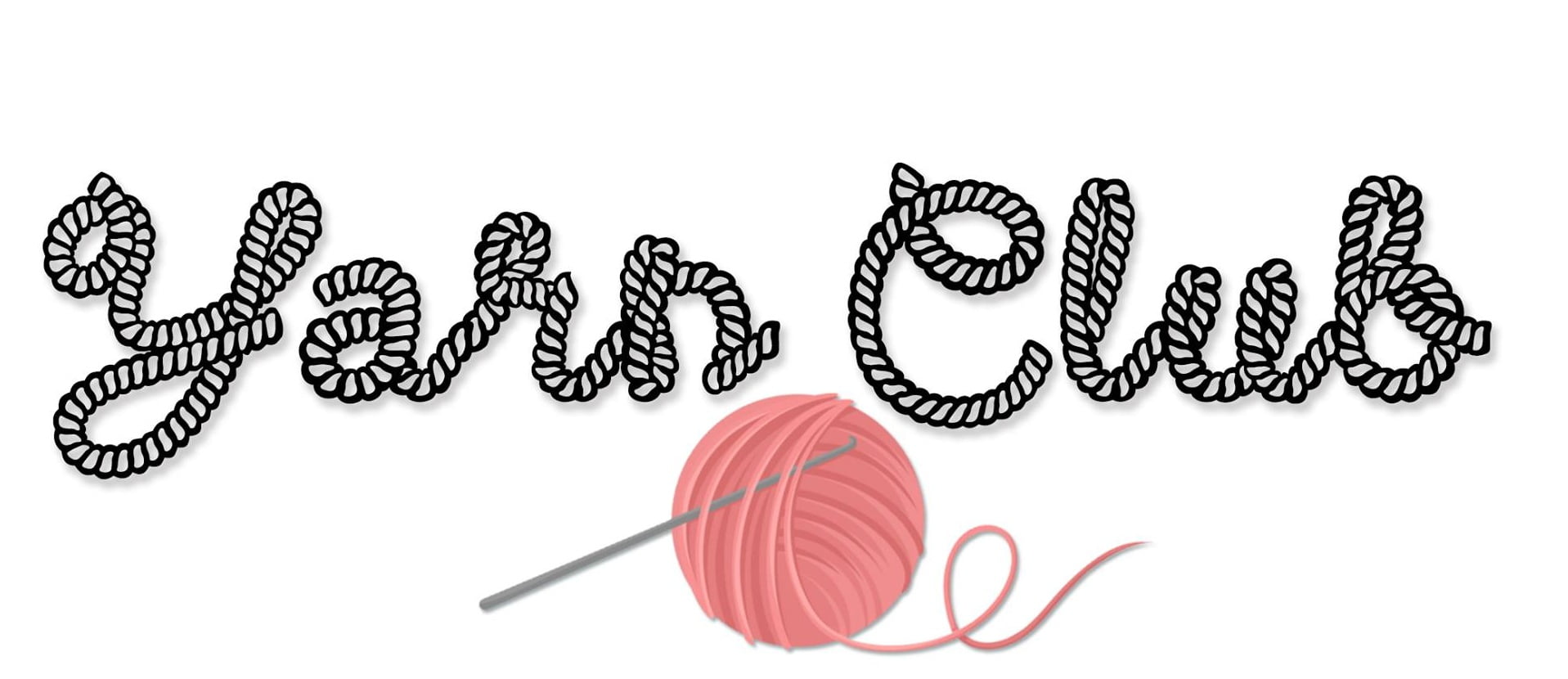Checking Gauge and Tension
Tension is one of the first things a knitter needs to understand about knitting. So what is tension? Tension describes how tight or loose your stitches are. This is affected by how thick or thin your yarn is, the size of your needles, and by the way you hold your yarn.
For example, thick yarn = big stitches, & thin yarn = small stitches. If you knit your yarn with fatter needles, your stitches will be a slighty looser knit, than if you were to knit the same yarn with smaller needles. Likewise, if you hold your yarn tightly your stitches will be tighter than if you were to hold the yarn more loosely. So while it might sound a little technical or complicated, it’s really not.
Why is tension important?
Although a change in tension might only affect the size of the stitch a fraction, over the width of the whole project, this can add up and change the size of your finished item substantially. It can also affect the density and drape of your project.
So basically, you can’t just go and knit something with whatever needles or yarn your Grandma gave you. Even if it’s only one or two sizes different to what the pattern calls for, you’ll end up pretty disappointed with the results.
What is a tension gauge?
This is why all patterns have what is called a ‘tension gauge’ that your pattern is designed to. For example, a pattern will state something like ‘this hat is designed at a tension of 9 sts over 10cm /4 inches of stocking stitch.’ Meaning, you should have 9 stitches for every 10 cm/ 4 inches of stocking stitch, or whichever type of stitch the gauge states.
This is so you can check that you are knitting your stitches to the correct gauge or size. You can check your gauge before starting your project by knitting what is called a tension square, a sample of knitting that you measure your stitches from.
You must measure your stitches from the type of stitch that the tension gauge states. This is because different types of stitches have different properties. For example, the rib stitch is quite stretchy. So you’d get very different results if you were to measure from a different type of stitch.
Related article: How to Read a Knitting Pattern
Why doesn’t my guage match?
It’s also important to remember that each individual person will knit differently. For example, some people have a tendency to knit tightly, whereas others knit more loosely. I know that my knitting tension can vary depending on mood. For example, if particularly stressed for some people they can find their knitting will be tighter. This is where you need to be able to adjust your tension accordingly so you have consistency.
Most knitting gauges are set to what an average knitter knits at. Sometimes people who consistently knit at a tighter gauge, or pull the yarn tightly, will go up a needle size to compensate or vice versa. For a beginner, I would recommend that you practise knitting to the correct gauge without changing needle sizes, so you learn to knit at what the average is.
As a beginner knitter, I had a tendency to knit quite tightly. However, after some practise it wasn’t long until I was knitting at the average. Not only did this make life easier as a knitter, but my hands were no longer sore after knitting.
When should I knit a tension square?
The official response that most knitting resources will tell you is that you should knit a tension square every time. However, once you get to know yourself as a knitter, it’s really up to you, so long as you’re prepared to accept the possible adverse consequences if you don’t.
For small projects, or projects where tension doesn’t really matter, like a scarf for example, you can simple just check the tension as you knit.
For larger projects such as jumpers or sweaters, due to the often costly amount of yarn and time invested in the project, it is recommended that you take the time to knit a tension square first.
Other times a tension square is called for is when experimenting, or substituting yarn (using yarn different to what the pattern calls for).
